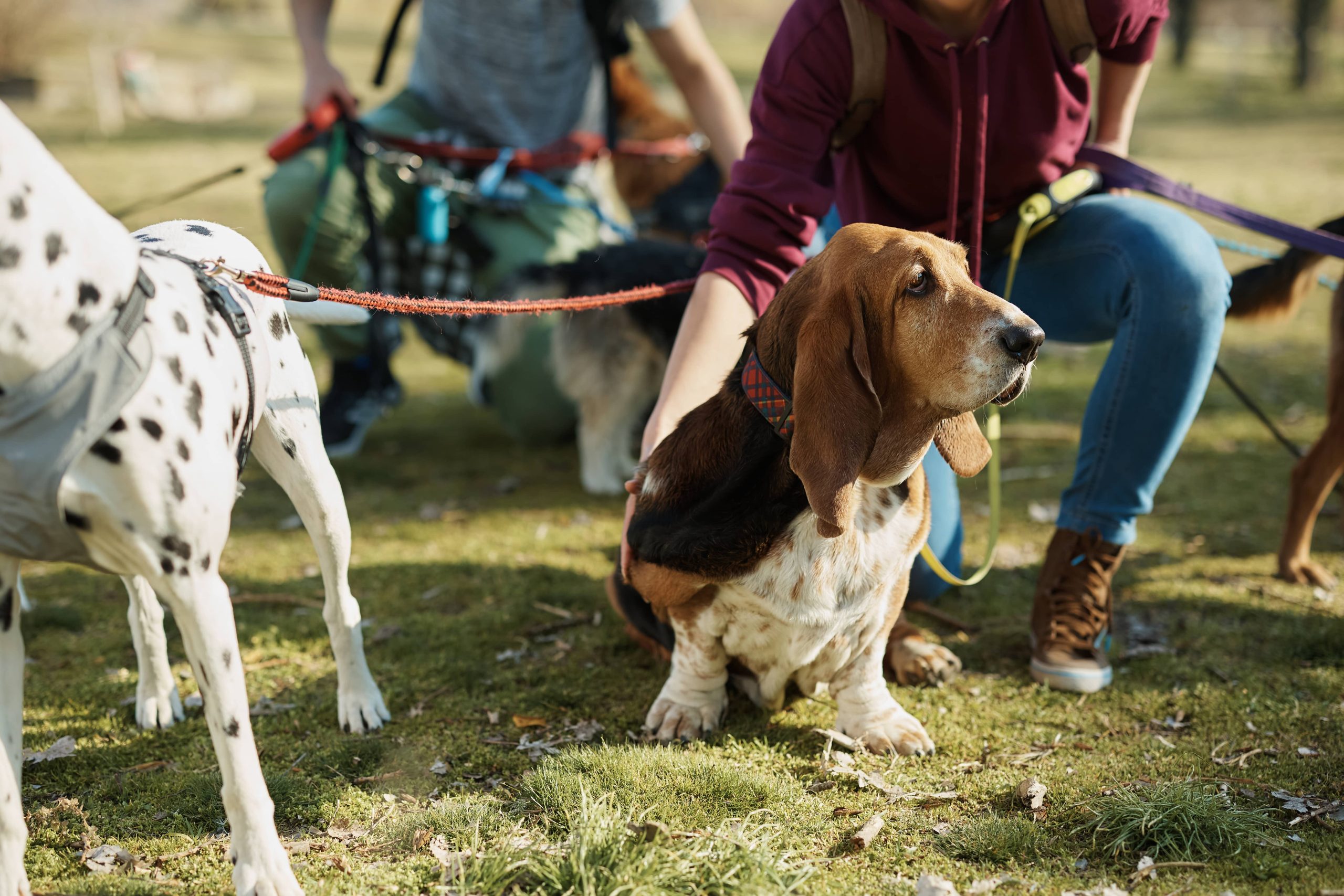
Adopting a pet is an incredibly rewarding experience. It’s a unique journey filled with joy, curiosity, and a fair share of challenges. The initial week after adopting a new pet is paramount as it sets the foundation for your lifelong relationship. The first week, especially, can be a whirlwind of excitement and adjustments for both you and your new furry friend. Here are some key aspects you should expect and prepare for during this critical period to ensure a smooth transition.
Setting Up a Safe Space
The first thing you need to provide your newly adopted pet is a safe, comfortable space. This designated area allows them to acclimatize to their new home without feeling overwhelmed. For dogs, this could be a crate or a specific room with their bed, toys, and food. For cats, it might be a cozy corner with a litter box, scratching post, and their favorite blanket.
Remember, this safe space is crucial in the first week. Pets are often anxious and disoriented when they find themselves in a new environment. Providing them a consistent, peaceful space can significantly reduce stress and help them adapt more quickly.
Establishing a Routine
Pets thrive on routine. Establishing a predictable daily schedule for feeding, walks, playtime, and bedtime will help your new pet feel secure and understand what to expect. This routine also makes training easier, especially when it comes to housebreaking puppies or litter training kittens.
For dogs, regular meal times, potty breaks, and exercise schedules are essential. With cats, consistent feeding times and play sessions can reduce stress and help them adjust to their new life.
Building Trust and Bonding
The initial week is critical for building trust and bonding with your new pet. Spend quality time with them and be patient. Engage in gentle, positive interactions. Daily play sessions are great for bonding. Use toys that don’t require close contact until your pet is more comfortable with you.
Understand that some rescue animals may have had traumatic past experiences, so their reactions can be unpredictable. It is important to be patient and let them come to you at their own pace.
Socialization
Socializing your pet is crucial in the early days. Gradual exposure to new people, sights, and sounds will help them feel more comfortable and confident. For dogs, controlled interactions with friendly dogs and people can be beneficial. For cats, gentle introductions to family members will suffice.
If you’ve adopted a shy or scared pet, you might need to go slower. Don’t force interactions. Let them explore on their own. Offer treats and positive reinforcement when they show curiosity or bravery.
Health and Vet Visits
Within the first week, it’s advisable to schedule a vet appointment to ensure your pet is healthy and up-to-date on vaccinations. A veterinary check-up will provide you with a baseline of your pet’s health and help you plan for regular vaccinations, flea and tick prevention, and other health care needs.
Discuss with your vet about any health records you received from the shelter or rescue organization. This visit is also an excellent time to talk about diet, exercise, and any behavioral concerns you might have.
Training Essentials
Starting training early is key to instilling good habits and ensuring a well-behaved pet. Basic commands such as sit, stay, and come are essential for dogs. Cats can be trained too, though the approach is slightly different. Start with positive reinforcement techniques to encourage good behavior.
Potty training is crucial in the first week. For dogs, introduce them to their designated potty area consistently. For cats, ensure their litter box is clean and accessible.
Understanding Separation Anxiety
Many rescue animals suffer from separation anxiety. It’s vital to make your new pet feel secure when you are not around. Start with short absences and slowly increase the duration as your pet becomes more comfortable. Leaving them with a piece of your clothing or a familiar toy can help comfort them.
Addressing Behavioral Issues
If your adopted pet exhibits behavioral problems, don’t panic. It’s not uncommon for pets to act out due to the stress of transitioning to a new home. Barking, chewing, scratching, or hiding are common behaviors during the first week.
Understand that patience and consistency are key. Positive reinforcement and redirection to appropriate behaviors can work wonders. If issues persist, consider consulting a professional trainer or behaviorist.
Incorporating Family Members
When bringing your new pet home, it’s important to include all family members in the care and bonding process. Each person should spend individual time with the new pet, helping to build a well-rounded relationship.
Children, especially, need to understand how to interact gently and respectfully. Both pets and kids need guidance to develop a positive relationship.
Conclusion
The first week after adopting a pet is a time of significant adjustment for both the animal and its new family. It’s a period filled with learning and bonding. By establishing a safe space, setting a routine, building trust, addressing health and behavioral needs, and incorporating all family members, you set the stage for a happy, healthy, and loving relationship with your new pet.
Remember, patience, consistency, and love are the cornerstones of this transition. Your new furry friend will soon understand that they’ve found a forever home where they are cherished. Enjoy this wonderful journey of creating lasting memories with your adopted pet.






